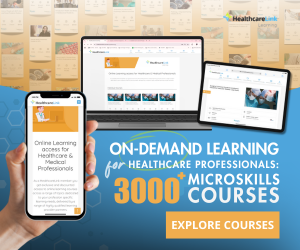Anaesthesia | Paediatrics | Appendicectomy and Laparotomy



Appendicectomy and Laparotomy
Session Overview
Description
This session explains the key components relevant to the anaesthetist in the perioperative management of a child undergoing urgent appendicectomy and laparotomy.
Learning Objectives
By the end of this session you will be able to:
- Identify key issues in preparation of the child for urgent abdominal surgery
- Describe the appropriate anaesthetic technique, equipment and drugs to be used in an anaesthetic plan for the paediatric patient undergoing appendicectomy
- Identify common perioperative problems that may occur during this type of operation
- Describe important aspects of postoperative care in relation to appendicectomy
Prerequisites
Before commencing this session you should:
- Be aware of the basic principles underlying the anaesthetic management of paediatric patients
- Be aware of the common problems that may occur perioperatively with this type of surgery
- Complete Module 01/Introduction to Anaesthesia/Principles of Anaesthesia/Fluid Balance/IV fluids (001-0058)
Laparotomy describes any surgical incision into the peritoneal cavity. Appendicectomy is a type of laparotomy and is commonly performed as an urgent operation in the paediatric population over five years of age (Fig 1). This session covers the knowledge and skills that are necessary for anaesthetists to care for the child patient undergoing urgent appendicectomy. The session is divided into the three sections:
- The preoperative assessment. This will describe the importance of effective communication whilst taking a history from both child and parent. It will explain the brief physical examination to be carried out and how any investigations may be interpreted
- The Intraoperative phase. This will explain the anaesthetic plan including the calculation of drug doses and the selection of appropriate equipment. A rapid sequence induction (RSI) is usually carried out during this phase, and this is also described
- The postoperative phase. Here we describe how to deal with immediate postoperative airway problems such as laryngospasm and aspiration of gastric contents. We cover how appropriate analgesia should be administered and titrated to response
- Anaesthesia Fundamentals | Physiology | Physiology...
- Posted By eIntegrity Healthcare e-Learning
- Posted Date: 2025-02-24
- Location:Online
- This session covers the physiology of exercise including the role of cardiopulmonary exercise (CPX) testing.
- Anaesthesia | Paediatrics | Postoperative Fluid Ma...
- Posted By eIntegrity Healthcare e-Learning
- Posted Date: 2025-02-24
- Location:Online
- This session describes postoperative fluid management in children and the clinical response to specific conditions which may arise.
- Anaesthesia | Paediatrics | Anaesthesia for a Chi...
- Posted By eIntegrity Healthcare e-Learning
- Posted Date: 2025-02-24
- Location:Online
- This session will outline the principles of anaesthesia for children with cerebral palsy presenting for elective surgery. It will cover how the severity of cerebral palsy directly affects the techniques chosen
- Anaesthesia | Paediatrics | Monitoring and Titrati...
- Posted By eIntegrity Healthcare e-Learning
- Posted Date: 2025-02-24
- Location:Online
- The aim of this session is to put your theoretical knowledge to practical use, by working through a series of scenarios relating to fluid management in children.
- Anaesthesia | Paediatrics | Calculations, Correcti...
- Posted By eIntegrity Healthcare e-Learning
- Posted Date: 2025-02-24
- Location:Online
- This session deals with diagnosis and correction of common electrolyte abnormalities.


